Water level sensors measure level using various technologies, including hydrostatic pressure, ultrasonic, radar, and float methods, each relying on different principles to detect and convert liquid level changes into measurable signals. Water level sensors, in this article, refer specifically to the hydrostatic pressure type. We'll demystify the water level sensor working principle for selecting the suitable measurement solutions for your application of monitoring liquid levels in tanks, reservoirs, wells, and industrial processes.
What Are Water Level Sensors?
Water Level sensors are based on the hydrostatic pressure principle. Hydrostatic level sensors are submerged directly in the liquid or threaded mounted on containers for use, making them suitable for various tanks and vessels. The level sensors come with several key features that make them effective for measuring level in various applications:
· Material Compatibility: They are available in materials (e.g., stainless steel, tantalum) that resist corrosion and chemical degradation, tailored for specific liquids, including water, oils, chemicals, and slurries.
· High Accuracy: Hydrostatic level sensors' accuracy is up to ±0.25%FS or ±0.5%FS of the full-scale range, depending on level depth and the model.
· Real-Time Monitoring: The level sensors provide continuous level monitoring data with different outputs (analog and digital), allowing for easy integration into existing control systems and monitoring software.
· Ease Installation & Calibration: The fully sealed design typically allows for easy installation, as they can be directly submerged in the liquid being measured without complex mounting or additional hardware. Some products feature easy calibration processes, with options for zeroing and span adjustments to ensure accuracy for specific applications.
How Do Water Level Sensors Work?
Water level sensors do not measure water levels directly. They measure the pressure of the liquid at a given depth, which changes based on the height of the liquid column above. The pressure exerted by the liquid column is converted to a level reading using the formula:

Pressure is the hydrostatic pressure (bar).
Density is the density of the liquid (kg/m³).
g is the acceleration due to gravity (m/s²).
Note: Be aware that strong temperature variations will influence the density.
Then, the pressure sensing element outputs an electrical signal proportional to the liquid level. The electrical signal is transmitted to the control system or display unit for further processing or monitoring.
Why Do We Need Level Measurement?
Level measurement is essential in various applications for several reasons. Here are the key reasons why this type of measurement is needed:
· Safety & Compliance: By continuously monitoring liquid levels, hydrostatic water level sensors help prevent overflows or spills, which can lead to environmental hazards, facility damage, and dangerous situations.
Many industries are subject to environmental and safety regulations that require accurate monitoring of liquid levels, especially in oil and gas or chemical manufacturing.
· Process Control and Optimization: Accurate level measurements enable better control of processes such as filling, mixing, and chemical reactions, leading to optimized operations and resource usage.
· Inventory Management: For storage tanks and silos, hydrostatic level measurement sensors aid in inventory tracking, ensuring that supply levels are maintained and that reordering is timely and efficient.
· Cost-Effectiveness: This type of measurement method is typically more cost-effective than other level measurement technologies (like radar or ultrasonic), making it a practical choice for many applications.
Recommended Water Level Sensors for Different Applications
MPM489WZ4 Φ17mm Level Transmitter

The compact size with a Φ17mm diameter is designed for groundwater monitoring. Using MPM489WZ4 IP68 level sensors with a submersible pump in the wells or boreholes significantly enhances the monitoring and control of groundwater extraction.
MPM489W ATEX Level Sensor
ATEX certification ensures that the sensor meets European Union standards for use in hazardous areas. ATEX level sensors are used in environments where flammable gases, vapors, or dust may be present, such as oil storage tanks, sewage treatment plants, or industrial sites. The MPM489W, which meets both the operational requirements and ATEX certifications, allows you can effectively manage level measurement while minimizing the risk.
MPM426W SERIES for Fuel and Chemical Level Measurement
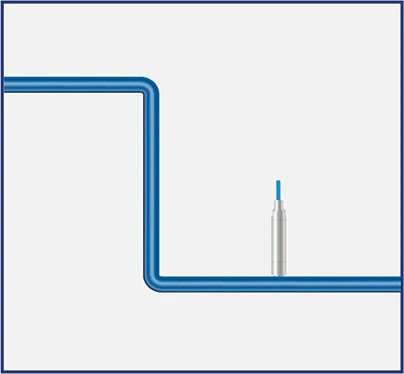 | 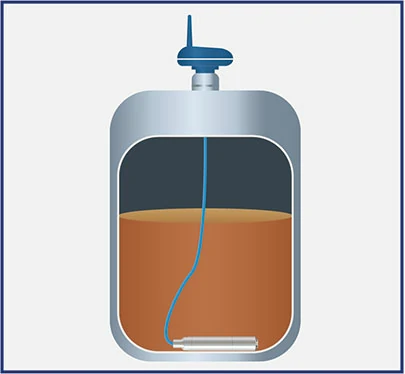 |  |
The MPM426W Series monitors fuels, lubricants, chemicals, pesticides, and some specific aqueous solutions that are transferred by storage tanks. Various end cap options for adapting to different installation locations. Low standby power consumption and automatic sleep mode reduce maintenance frequency and extend service life.
MPM426WPF oil/fuel lever sensor is mainly monitoring gasoline, diesel, kerosene, etc. MPM426WPC chemical submersible level transmitter is often used for monitoring chemicals, such as methanol, ethanol, diesel exhaust fluid (DEF), diesel coolant, etc.
MPM4700 Intelligent Level Transmitter
Compared with analog signal output, the RS485 digital water level transmitter is mainly for specific applications which digital communication between devices over long distances without significant signal loss. MPM4700 allows for multi-drop configurations, enabling multi-device networking.
A right water level sensor based on hydrostatic pressure is an effective level measurement instrument, especially in tanks or containers within various industries. Micro Sensor offers different hydrostatic level sensors for special applications. Our technical engineer team will assist you in selecting a suitable pressure sensor if you have any specific requests. Contact us now!
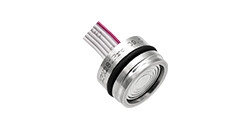
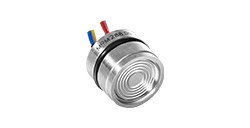
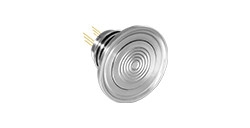
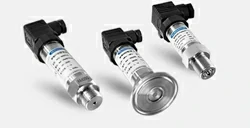
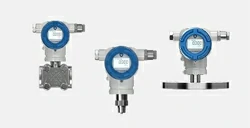

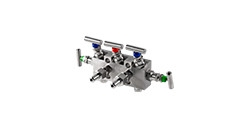
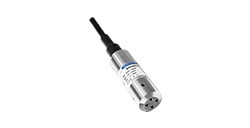
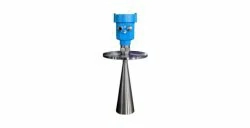
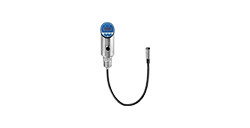



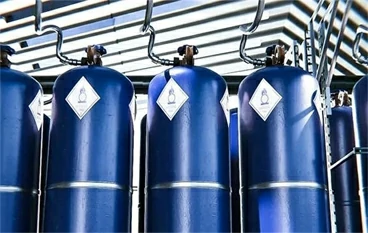
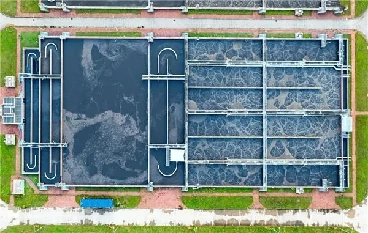
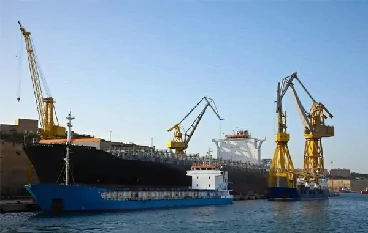
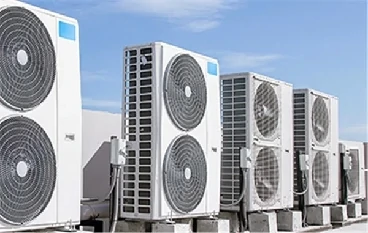
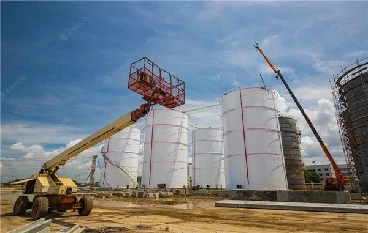
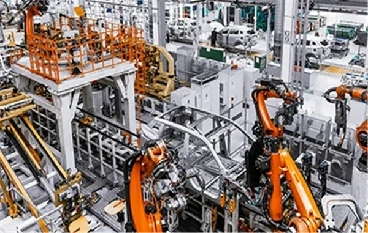

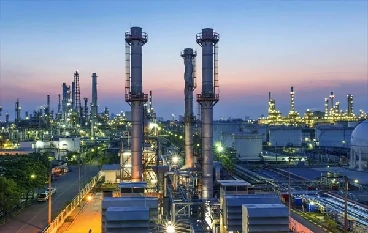
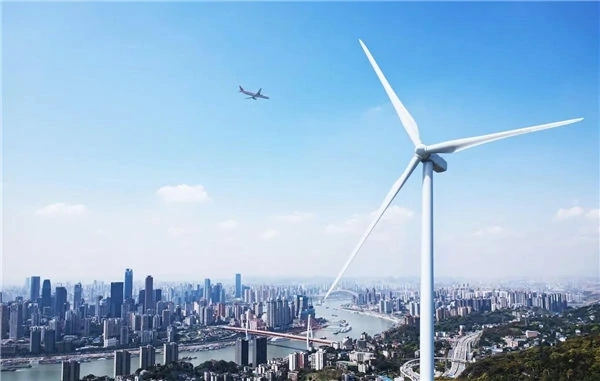
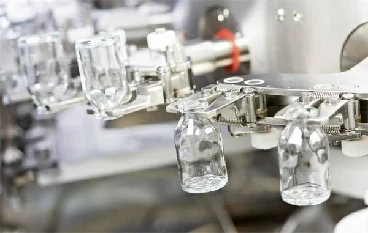
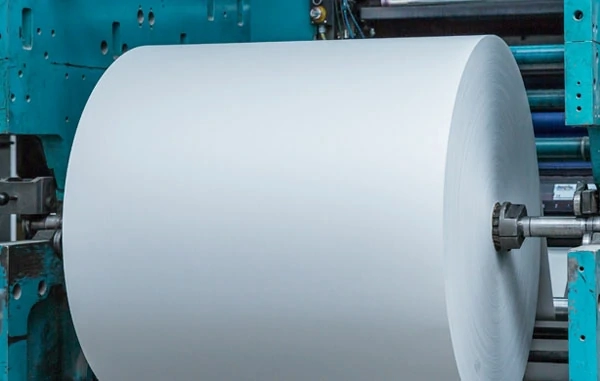
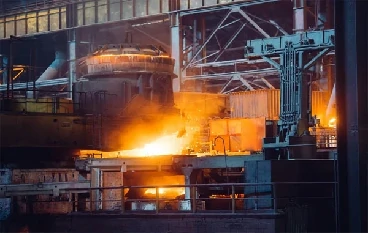
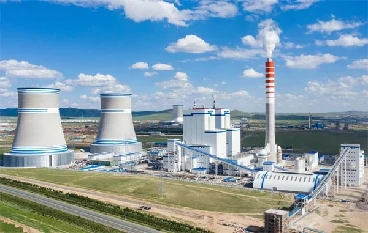

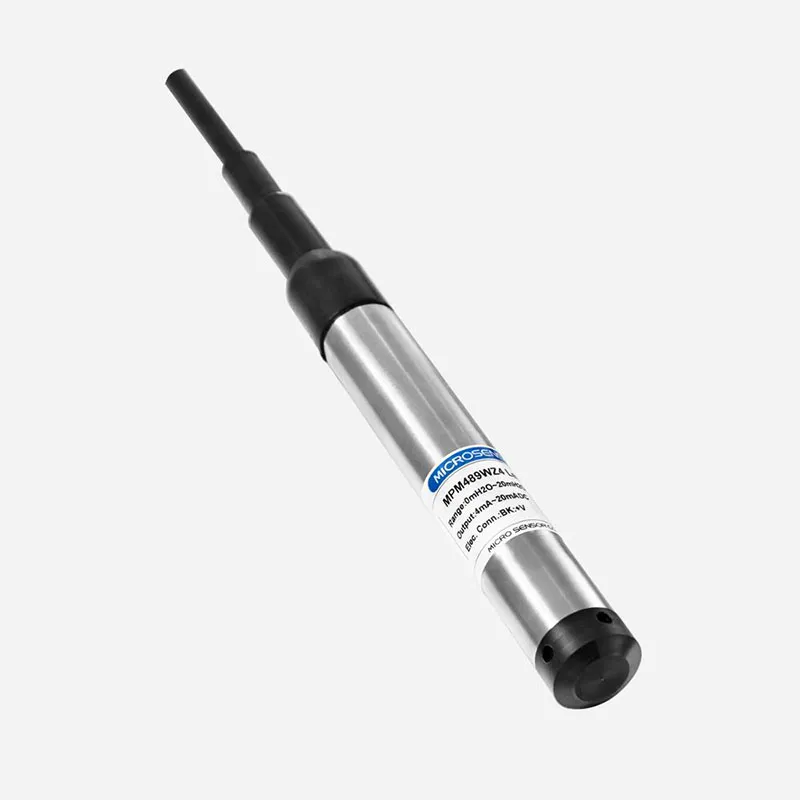
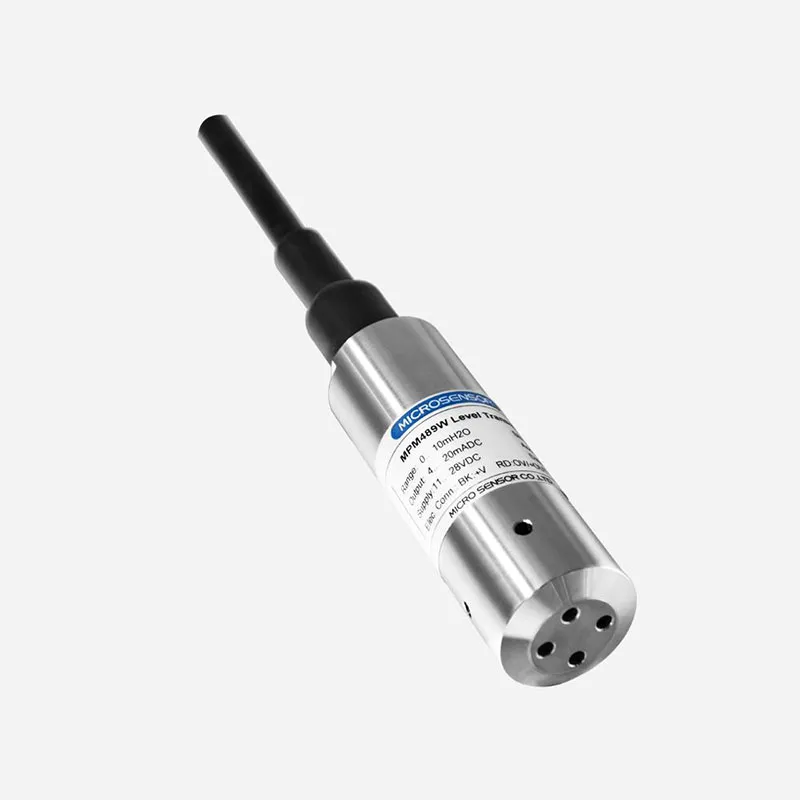
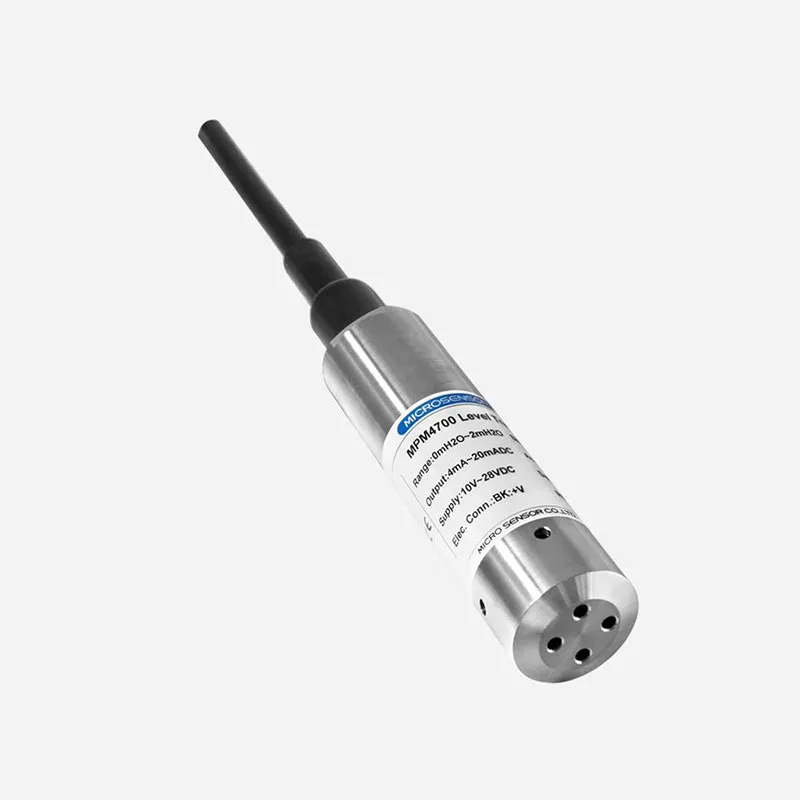

 Copyright © 2026 MICRO SENSOR CO., LTD
Copyright © 2026 MICRO SENSOR CO., LTD